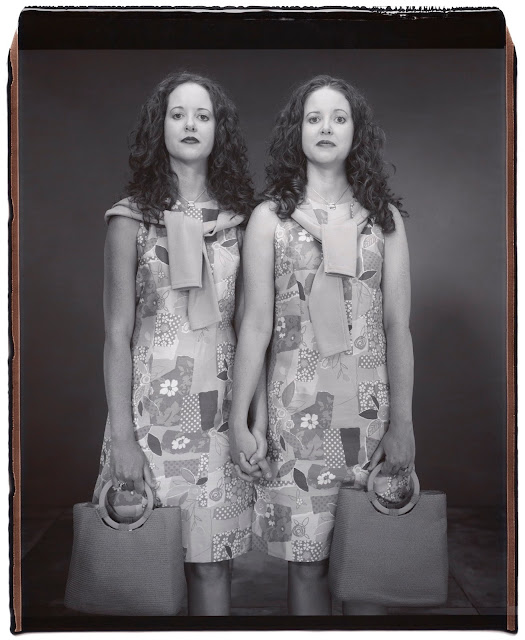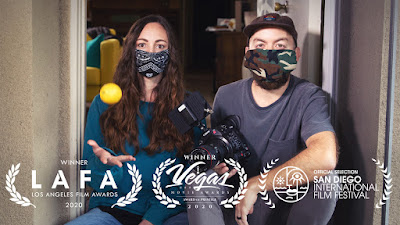Notes by Patricia Frischer
One of the
missions of The San Diego Regional Coalition for Arts and Culture (SDRACC) to educate our county elected
leaders about the role that arts and culture plays in our lives. These are wide
ranging and the conversations that SDRACC held with the candidates for the
upcoming elections are a wonderful opportunity to not only inform but to get verbal
confirmation of support that might be forthcoming.
The conversation
with Terra Lawson-Remer for District 3 was on Oct 13, 2 pm. All the candidates were
invited to participate. Current District 3 Supervisor Kristen Gaspar’s
campaign did not schedule a session despite multiple attempts by SDRACC to do
so but they will continue to try before the election. Please note: conversations
were also held for District 1 – Ben Hueso and Nora Vargas and District
2 – Joel Anderson, Steve Vaus.
The Key Priorities for Arts & Culture in San Diego County
A consortium of arts and culture leaders from throughout the County assessed
arts and culture priorities with the County of San Diego and prepared this
roster of discussion items, which was presented to all candidates who
participated in the Virtual Coffee and Forum. The intent was to educate
and inform the candidates to lay the groundwork for advancing our discussions
after the election. All candidates interviewed express positive support
for exploring opportunities outlined in the priorities and questions below.
The panelist with
Terra Lawson-Remer (many of these are board members of SDRACC) were:
Steve
Snyder, Fleet Science
Center: SDRACC came into existence when the SD County Arts Council folded to
help support funding for the city of San Diego. SDRACC is now county wide.
Alan Ziter, Arts District Liberty Center: launching ArtWalk 2020 Liberty
Station Arts District
Alex Goodman, New Village Arts: budget cut in half
Caroline Nordquist, Mingei Folk Art Museum: Just received a Care Grant
Andrew Utt, Lux Art: t Institute 54% now online outside of SD
Terra
Lawson-Remer, candidate for Supervisor District 3: Her opening remarks contained
these thoughts. People know that the arts are part of our quality of life,
but they don’t realize how much the arts contribute to the economy. The arts
are not a luxury. Investing in the arts has a massive affect. She would like to
see a more vibrant grass roots artist community to go with the established
great museums. She loves Liberty Station and attended Dewey when she was
growing up. She likes that it brings a large community together and combines
food, parks, shopping, and all the arts. Wants to know how do we do that more
widely so it benefits everyone?
County
Investment in the Arts
In these times of pandemic and protest, artists and creative industry workers
truly are essential as “second responders” – as catalysts and leaders for
rebuilding communities and fostering healing and connection. Would you support
countywide investments in nonprofit arts and culture organizations and the
livelihoods of artists across our County—especially in unincorporated areas
where the County has direct oversight?
Terra Lawson-Remer: She is going to look to the arts community to tell her what
will make a real difference. She supports a SD County Arts Council (SD
County Arts Commission, SD County Office of Cultural Affairs) which could be a vehicle
to coordinate and cross pollinate the arts community with other county needs. She wants
to hear about really big ideas that are innovative.
Office
of Equity and Racial Justice
In the FY21 budget, the County created a new Office of Equity and Racial
Justice. As artists and creatives have been at the forefront of social
movements to bring about change to dismantle systemic racism and
structural inequities, would you support the appointment of artists and
creative to that Office—and to boards and commissions where their perspectives
would be valued?
Terra
Lawson-Remer: We need to fight racism and give
opportunities and she would be open to appointment of artist in that office. But
she states we need more than an office. How do we ensure that we are taking
this initiative to every area by being creative looking more deeply? She is voting
for Prop 16 but thinks there are challenges to how it is written. We need to do
more.
Use
the Arts to Advance County public health, housing, public safety, and the
environment
The arts have the ability to inspire, uplift, and heal. Would you support
the arts as a solution to move forward other priorities the County has
historically invested in: public health, housing, public safety, and the
environment?
Terra Lawson-Remer: She wants to make the arts accessible to everyone
especially the young and isolated. She will be looking for big community art
projects. She hopes there are public building that could have big art works. She
would like to see an Inventory of buildings and needs to see how those unused
places could be enlivened and available to all. There needs to be an environment
created that can foster the arts.
A
special area for Lawson-Remer is child care as the cost now has soared to that
of a university tuition. Women need to be able to work and since they are the
prime care givers still, this has effects gender issue. Affordable childhood
development in day care is vital. How can we create programs where every daycare
has ongoing exposure to arts opportunities? Nordquist
joined in to say that Museums in SD are almost all female and pandemic is
affecting them. Utt commented that art in the school is not creative enough.
How can we work with the county to embed the cultural program in the schools
and not have to rely on small funding for only a small part of our young population?
Champion for the Arts
If you’re elected to represent the District, can we count on you to be a
Champion for the Arts—to support measures like those we’ve discussed today, to
support budgets that make real investment in arts countywide, to support more
resources to our county’s artistic community and creative industries?
Terra
Lawson-Remer: We will need to get the economy
back on track, make sure there is a vaccine and invest in public health, and
get the kids back in school. The arts are
not a silo need but a part of the strategy to get going again.
Countywide
Arts Council
As the second most populous county in California, San Diego does not have a
countywide arts council—unlike Los Angeles and Orange. As County
Supervisor, would you support the County taking a more active role in policy
making and in investing in arts and culture for our region?
Terra Lawson-Remer: Most of the county
policies are stagnant and that includes the arts policy. No initiative has been
taken. We can look at other counties arts programs which are affective and visionary and
work from there. We have to invest in the arts. A County Arts Council could combine
the needs between lots of agencies. Office of Cultural Affairs is over-due. The
Arts are an important pillar of the community.
Lawson-Remer
asked where does the funding for the arts come from? Ziter answered that there is no real large corporate
funding here now or even much foundation help, so it is individual donation and
county funding we rely on. The wealthy
often still give in their cold weather home town. It is twice as hard to raise
half as much here in San Diego. Terra
Lawson-Remer said that we need those funders to invest here and the county
needs to invest in the arts.


























